UP TO THE MINUTE
Your guide to successful single-ply roof restoration
November 22, 2025 at 3:00 a.m.By Dani Sheehan.
With the right surface preparation, primer and coating system, single-ply roofs can be restored into high-performing, monolithic systems that last decades longer.
Single-ply roofing systems are among the most common low-slope solutions across the country. Lightweight, waterproof and relatively easy to install, these membranes offer contractors a reliable option that can be applied mechanically or with adhesives. But as durable as they are, single-ply systems come with their own set of challenges over time, making roof restoration an essential part of extending their service life.
Why restoration matters
Single-ply membranes inevitably break down. Over time, the material can become brittle and lose elasticity. According to Jamie Atkins from UNIFLEX, this usually shows up as shrinkage, especially at the seams, allowing moisture to get trapped under the system.
Moisture intrusion can drastically shorten the roof’s lifespan if not addressed. However, “Single ply is very conducive to applying liquid-applied coatings – whether it’s silicone, acrylic or urethane,” shares Jamie. “What that does is extend the life of the roof 10-20 years. And if you’re using a white coating, now you’ve got increased reflectivity on top of it.”
Non-negotiables before restoration
Before any restoration work begins, you need to run a moisture survey. This diagnostic step uses tools such as infrared scanners, nuclear meters or electrical impedance to measure the amount of moisture trapped beneath the membrane. Even small pockets of hidden moisture can compromise adhesion and lead to premature failure of the coating system. “We don’t even want to talk to a contractor until they’ve done this moisture survey,” Jamie stresses.
The next critical step is an adhesion test, which evaluates how well a coating will bond to the existing membrane. Contractors typically apply a small sample of the selected coating, allow it to cure and then pull-test it to measure bond strength. This ensures that once the full system is applied, it won’t peel, blister or delaminate under real-world conditions.
Together, these tests confirm whether the roof is a viable candidate for restoration. Skipping them can result in costly callbacks or even a complete system failure.
Choosing the right products
Surface preparation matters just as much as product selection. Primers help create the right conditions for restoration success. Jamie explains, “There are two types of primers that are used. Rinse primers, especially for EPDM, which clean off the material and prepare it for the topcoat, and adhesion promoter primers, which prepare the surface for a stronger bond.”
When it comes time to select a coating, performance factors and regional climate both come into play.
- Silicone: Excels in elasticity, UV stability, high-temperature resistance, water resistance and flexibility. Ideal for areas with extreme sun or temperature swings.
- Acrylic: Cost-effective and reflective, though less elastic than silicone.
- Urethane: Known for superior strength, durability and adhesion.
“At the end of the day, a lot of it comes down to economics and geography,” says Jamie. “I would argue that silicone, due to its elasticity, is a very good solution, but it depends on what the contractor or building owner is trying to accomplish.”
Restoration of single-ply roofs offers a profitable and reliable service line – one that not only helps extend roof life but also delivers energy efficiency and peace of mind for building owners.
Learn more about Uniflex® in their Coffee Shop Directory or visit www.uniflexroof.com.

About Dani
Dani is a writer for The Coffee Shops and AskARoofer™. When she's not writing or researching, she's teaching yoga classes or exploring new hiking trails.








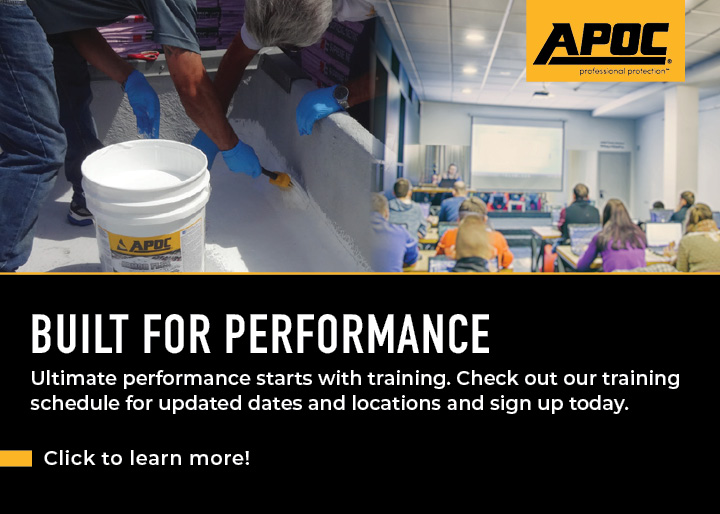



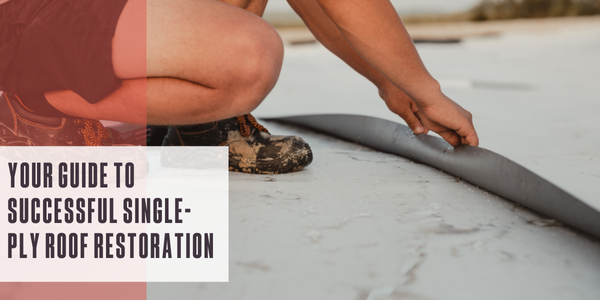
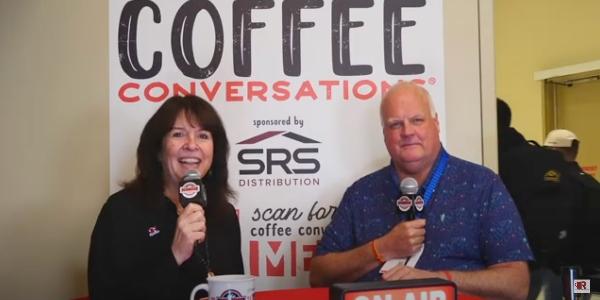
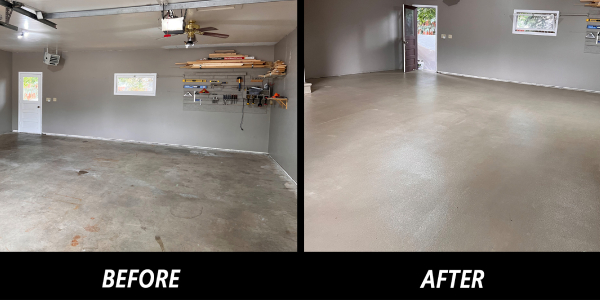
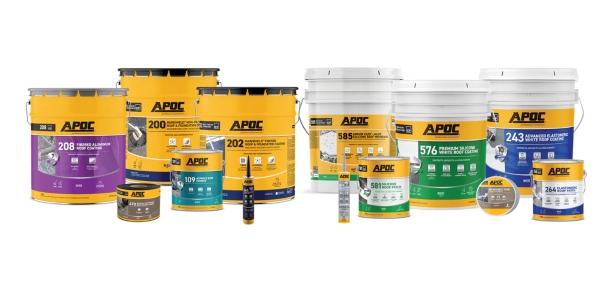





Comments
Leave a Reply
Have an account? Login to leave a comment!
Sign In